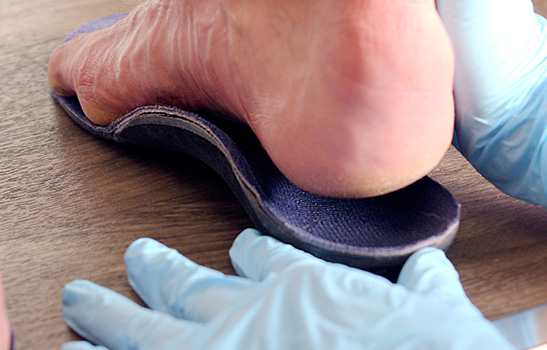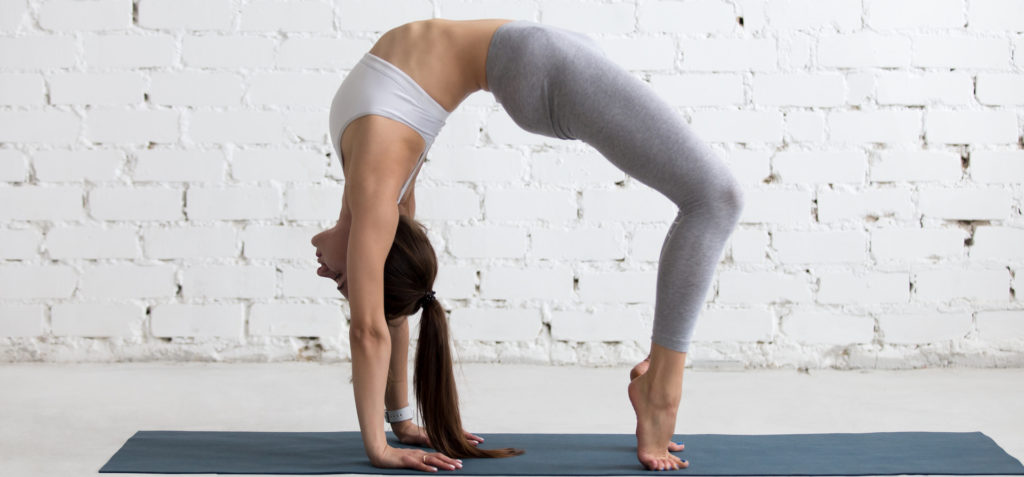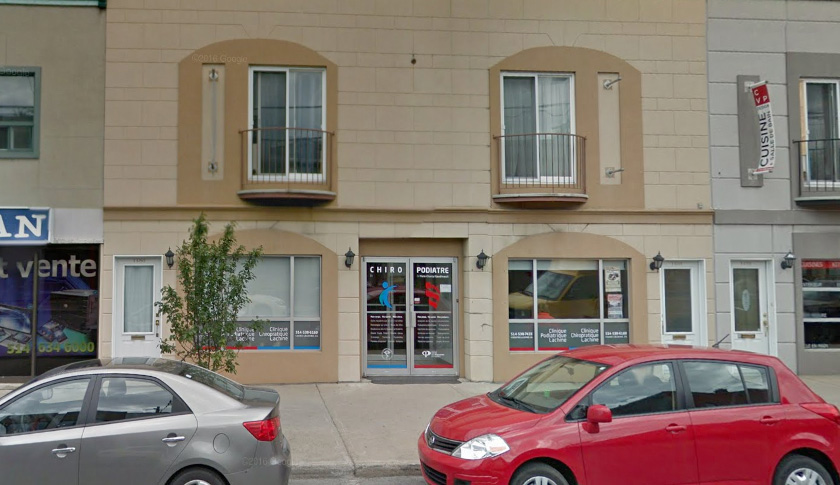Back pain
Because our feet are the foundation of our posture, any misalignment of them can negatively influence the rest of our posture. Thus, it’s not uncommon to get back pain due to problems originating in the feet.
See the causes See the long term complications See how to relieve yourself at home
Signs and symptoms of back problems
- Fatigue/stiffness in the back during walking or physical activity
- Back pain that gets worse with walking or prolonged standing
- Pain across the lower back
- Pain in a specific area of the lower back
- Pain that radiates down the buttocks/thigh (sciatica)
- Thoracic pain in the middle of the back
- Neck pain
- Back pain after exercise/sports
What are the causes of back problems
The lower limb is composed of all the structures from the feet to the pelvis. When standing, these segments unite and form what’s called a closed mechanical chain. This chain functions as an interconnected whole; it’s impossible to dissociate the movements of the various links in the chain. This mechanism explains how a misalignment in the foot can end up negatively influencing the health of one’s lower back.
Let’s take the example of flat feet. When the bones of the foot are properly aligned, they form a tough and stable whole that provides a solid foundation for propelling forward, walking, running and jumping. However, when the foot is flattened, its bones lose their congruence. The misalignment spreads like a domino effect: the ankle turns inward, which in turn leads to the excessive internal rotation of the shin and knee. Since the knees are connected to the hips by the femur bone, the entire pelvis experiences internal rotation, causing the back to curve and leading to compression of the vertebrae in the lower back. Through this mechanism, flat feet often prove to be the source of back pain.
Another common postural problem found in people with back pain is leg-length discrepancy. Differences in leg length directly affect posture by causing the lumbar spine to curve. The associated symptoms therefore tend to be asymmetrical.
Progression and consequences of back pain
While misalignment in the feet isn’t necessarly the primary cause of back problems, it can play a role in the development of:
- Lower back pain
- Muscle tensions
- Sciatica
- Sacroiliitis
- Bulging or herniated discs
- Osteoarthritis and deterioration of the spine
How to relieve back pain at home
Prevention is preferable to treatment. If you suspect misalignment in your feet may be contributing to your back pain, it’s advisable to get a consultation for a biomechanical examination. In the meantime, here are some tips that may help you deal with your condition:
- Wear appropriate shoes: Choose footwear with a slight heel that provides relatively strong support. Avoid high heels, but also avoid shoes that are completely flat and flexible, as these do not provide feet with adequate support. Finally, choose shoes with laces, as these permit a better adjustment, and therefore better support.
- Use pharmacy-bought insoles: For temporary relief, insoles sold at pharmacies may help. The cushioning provided by insoles can help improve shock absorption. However, this solution is not enough to truly change the alignment of your posture, and these soles should not be considered a long-term solution.
- Stability and strengthening exercises for the feet: Strengthening the feet can help improve the stability of your posture.
Diagnostic of back problems
- To identify the causes of your postural misalignment, a thorough biomechanical exam is essential. This exam includes a review of your health history, an assessment of the mobility and strength of each segment in your legs and feet, a posture evaluation and a camera-assisted plantar pressure analysis.
- X-rays are also required in order to examine the alignment, symmetry, length and congruence of the bones in the foot.
What can my podiatrist do about back pain?
1. Plantar orthotics :
Similar to the use of glasses for the correction of nearsightedness, orthotics are commonly used to realign the feet. They also help realign the knees, hips and lower back. Finally, orthotics help the feet achieve their optimal function, reducing stress in the tendons, ligaments and joints.
2. Adapted strengthening exercises :
A program involving strength building, stretching and balance exercises, when adapted to your condition and activities, can help improve the function of your feet, with benefits for the entire lower limb area.
How to prevent back pain?
Being proactive is the best way to prevent the pain and joint degeneration associated with postural problems. If you suspect misalignment in your feet or posture, we strongly advise you to consult with a podiatrist, who will be able to evaluate your condition and establish a personalized plan based on your needs and the necessary treatments.
My back pain was caused by a specific movement!

While it's true that a fall or specific movement can cause back pain, the true culprit may be previously unnoticed degeneration of the intervertebral discs. If you're experiencing postural misalignment due to mechanical problems in the feet, make sure you address the issue before you have to deal with the long-term consequences!
And if it was not back problem related to feet problems?
Many back problems are completely unrelated to the alignment of your feet. We strongly advise you to consult with your doctor or other healthcare professional (chiropractor, osteopath, physiotherapist, etc.) to address these issues.


